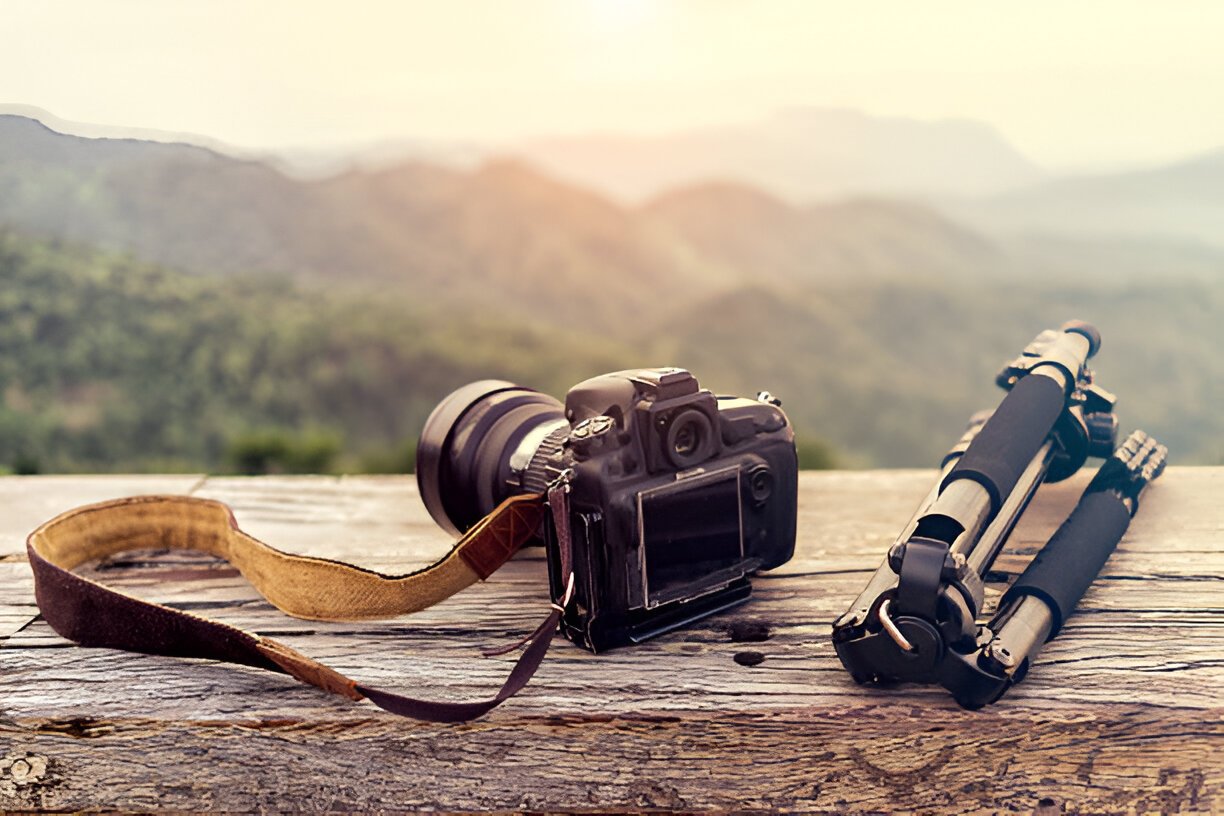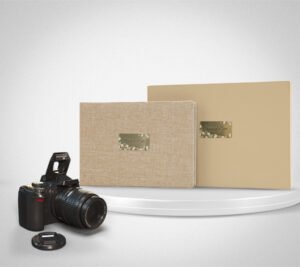Photography is more than just clicking a button on a camera. It’s about capturing moments, telling stories, and conveying emotions through images. Whether you’re a budding photographer or a seasoned pro, there’s always room to grow and explore new techniques. This blog will guide you through the fundamentals of photography, offer tips on improving your skills, and inspire you to see the world through a different lens.
1. Understanding Your Gear
Before diving into the creative aspects, it’s essential to understand your equipment. Whether you’re using a smartphone, a point-and-shoot camera, or a DSLR, knowing the capabilities and limitations of your gear is crucial.
Cameras: DSLRs and mirrorless cameras offer greater control over your settings, such as aperture, shutter speed, and ISO. If you’re serious about photography, investing in one can be worthwhile. However, smartphones have come a long way and are now capable of taking high-quality photos with the convenience of always being in your pocket.
Lenses: The lens you use can significantly impact your photos. Wide-angle lenses are great for landscapes, while telephoto lenses excel in capturing distant subjects. Prime lenses (with a fixed focal length) often provide sharper images and a wider aperture, perfect for portrait photography.
Accessories: A tripod is indispensable for long-exposure shots, night photography, or when you need to keep your camera steady. Filters, such as polarizers or ND filters, can enhance your photos by reducing glare or allowing for slower shutter speeds.
2. Mastering the Basics of Composition
Composition is the arrangement of elements within your frame. It’s what turns a snapshot into a compelling photograph.
Rule of Thirds: Imagine your frame divided into nine equal parts by two horizontal and two vertical lines. Placing your subject along these lines or at their intersections can create a more balanced and interesting composition.
Leading Lines: Use lines in your environment, like roads, rivers, or even shadows, to guide the viewer’s eye toward your subject.
Framing: Incorporate natural frames within your scene, such as windows, arches, or trees, to focus attention on your subject.
Simplicity: Less is often more. Avoid cluttered backgrounds that can distract from the main subject. A simple, clean composition can make a stronger impact.
3. Lighting: The Key to a Great Photo
Lighting can make or break a photograph. Understanding how to work with natural and artificial light is crucial.
Golden Hour: The hour after sunrise and the hour before sunset offer soft, warm light that’s perfect for photography. This time of day provides a flattering glow and long shadows that add depth to your images.
Natural Light: Even when shooting indoors, natural light can be your best friend. Position your subject near a window or use diffused light to create a soft, natural look.
Artificial Light: When natural light isn’t available, use artificial light sources like flashes, LED panels, or studio lights. Experiment with different lighting setups to see how they affect your subject.
Shadows and Highlights: Don’t shy away from shadows; they can add mood and dimension to your photos. However, be mindful of overexposed highlights, which can lose detail.
4. Exploring Different Photography Styles
Photography is incredibly diverse, with various genres and styles to explore. Experimenting with different types can help you find your niche or simply enhance your versatility.
Portrait Photography: Focus on capturing the personality and essence of your subject. Pay attention to facial expressions, body language, and eye contact.
Landscape Photography: Convey the beauty of nature by exploring different environments. Use a wide-angle lens to capture expansive scenes and play with the depth of field to create striking contrasts.
Street Photography: Capture the essence of urban life by photographing people, architecture, and the energy of the streets. Street photography is about being in the moment and finding beauty in the everyday.
Macro Photography: Get up close and personal with your subjects, whether they’re flowers, insects, or everyday objects. Macro photography reveals details often overlooked by the naked eye.
Night Photography: Challenge yourself with low-light conditions and experiment with long exposures to capture the night sky, cityscapes, or light trails.








